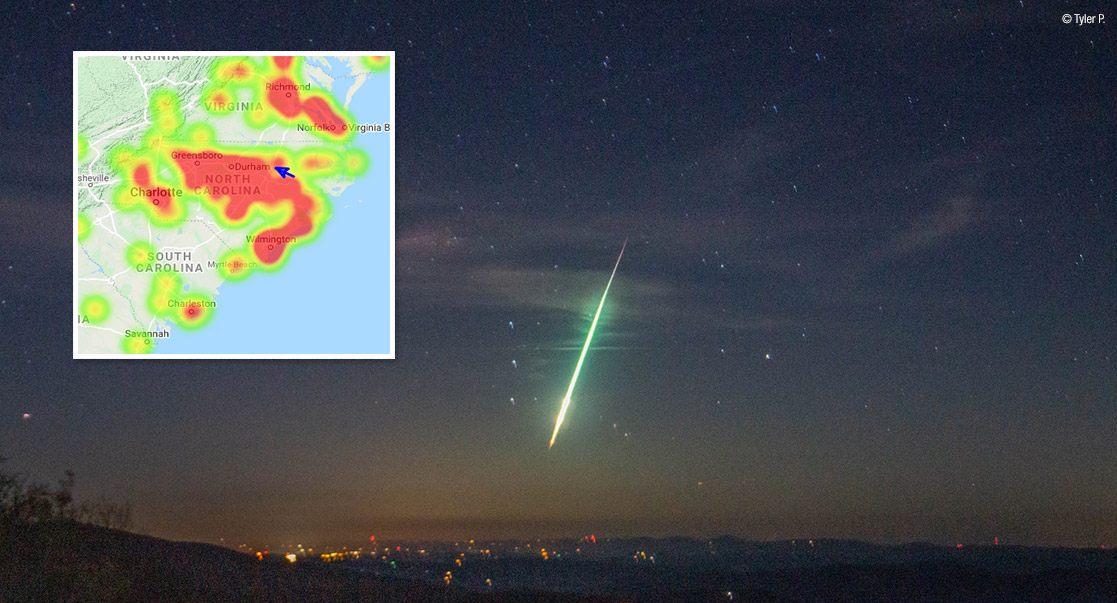
Fireball Over Eastern USA Coast-November 10, 2021
Nearly 500 reports from 13 states No, this is not a report of the launch of the Falcon 9 rocket…

Nearly 500 reports from 13 states No, this is not a report of the launch of the Falcon 9 rocket…
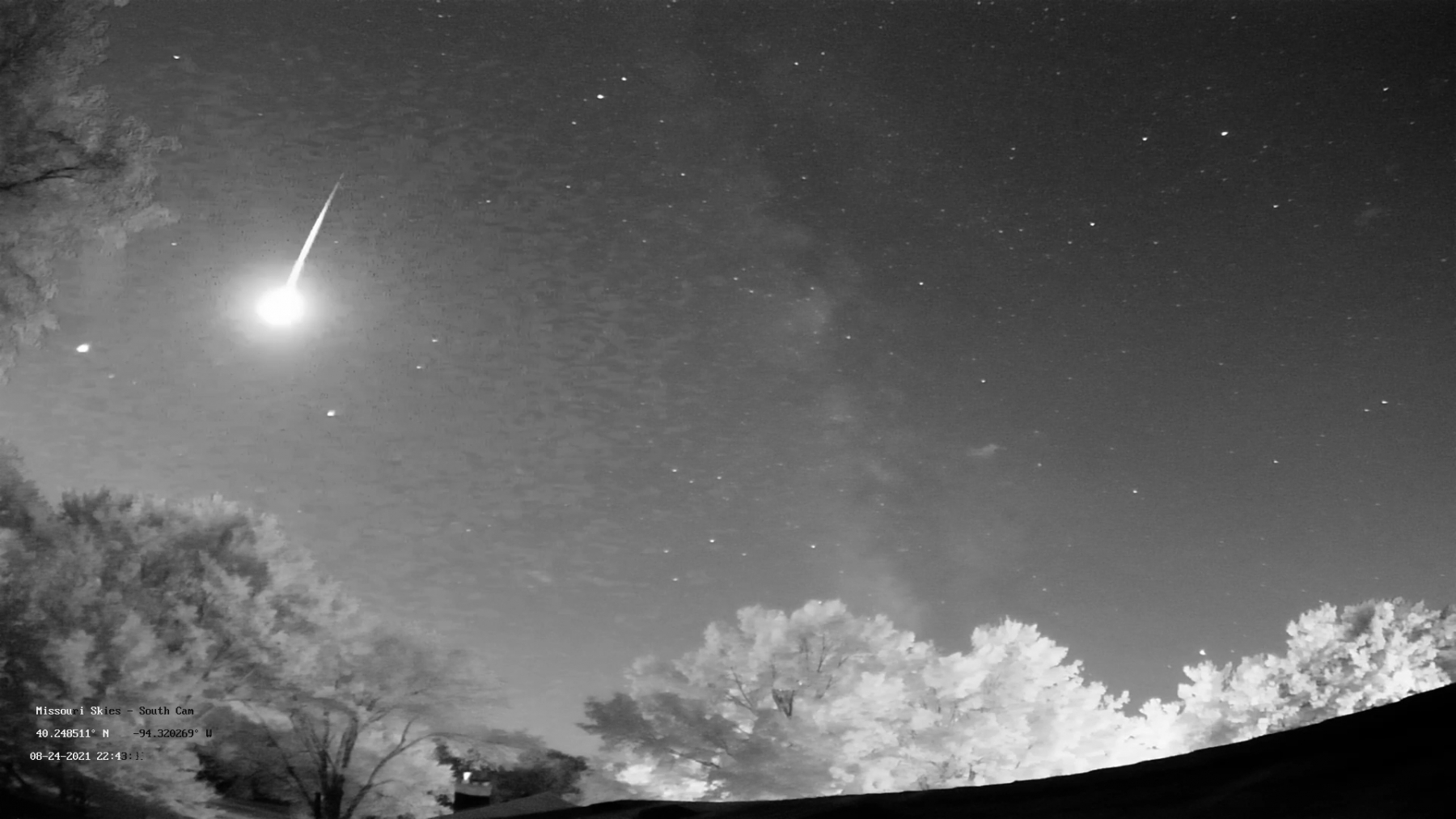
During this period, the moon reaches its first quarter phase on Friday November 11th. At that time the moon lies 90 degrees east of the sun and sets near 22:00 local standard time (LST) on November 10th. This weekend the waxing crescent moon will set during the early evening hours but will not spoil meteor observations as it sets long before the more active hours arrive.

Christy Turner captured this bright meteor passing passing through a gorgeous star field at 23:10 MDT on 12 August 2021…

During this period, the moon reaches its last quarter phase on Thursday October 28th. At that time the moon lies 90 degrees west of the sun in the sky and rises near 23:00 (on 27 Oct.) local standard time. This weekend the waning gibbous moon will rise during the early evening hours and will spoil the sky the remainder of the night. Late in this period meteor observers can view activity during the evening hours prior to moon rise.
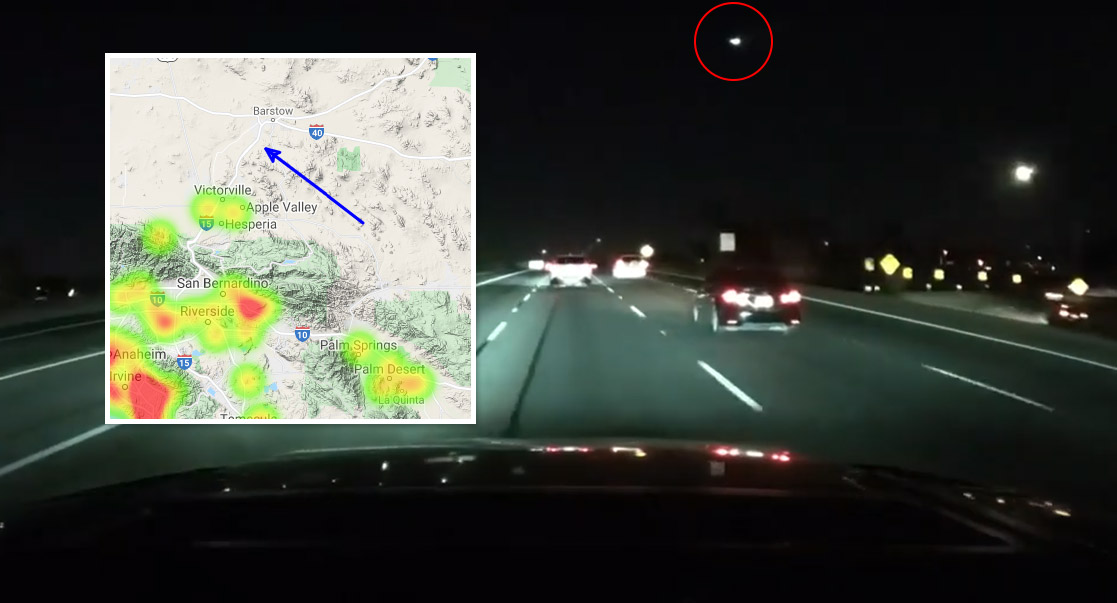
The American Meteor Society received more than 115 reports so far about a fireball event that occurred over Southern California on October 16th just past 8:45 PM PDT (October 17th, 03:45 Universal Time). The AMS #2021-6638 event was mainly seen from California, but was also visible from Arizona, Nevada and Utah...

During this period, the moon reaches its full phase on Wednesday October 20th. At that time the moon lies opposite the sun in the sky and remains above the horizon all night long. This weekend the waxing gibbous moon will set during the early morning hours, allowing a small window of opportunity to view under dark conditions between moon set and dawn.

After a meteorite fragment smashed through a residential roof last weekend, Western University meteorite experts are seeking the public’s assistance in sharing privately-held video footage from smart phones, dashboard cams or security cameras that may have captured a fireball passing through the sky over southeastern British Columbia last Sunday evening (October 3, 2021) at 11:33pm local time.
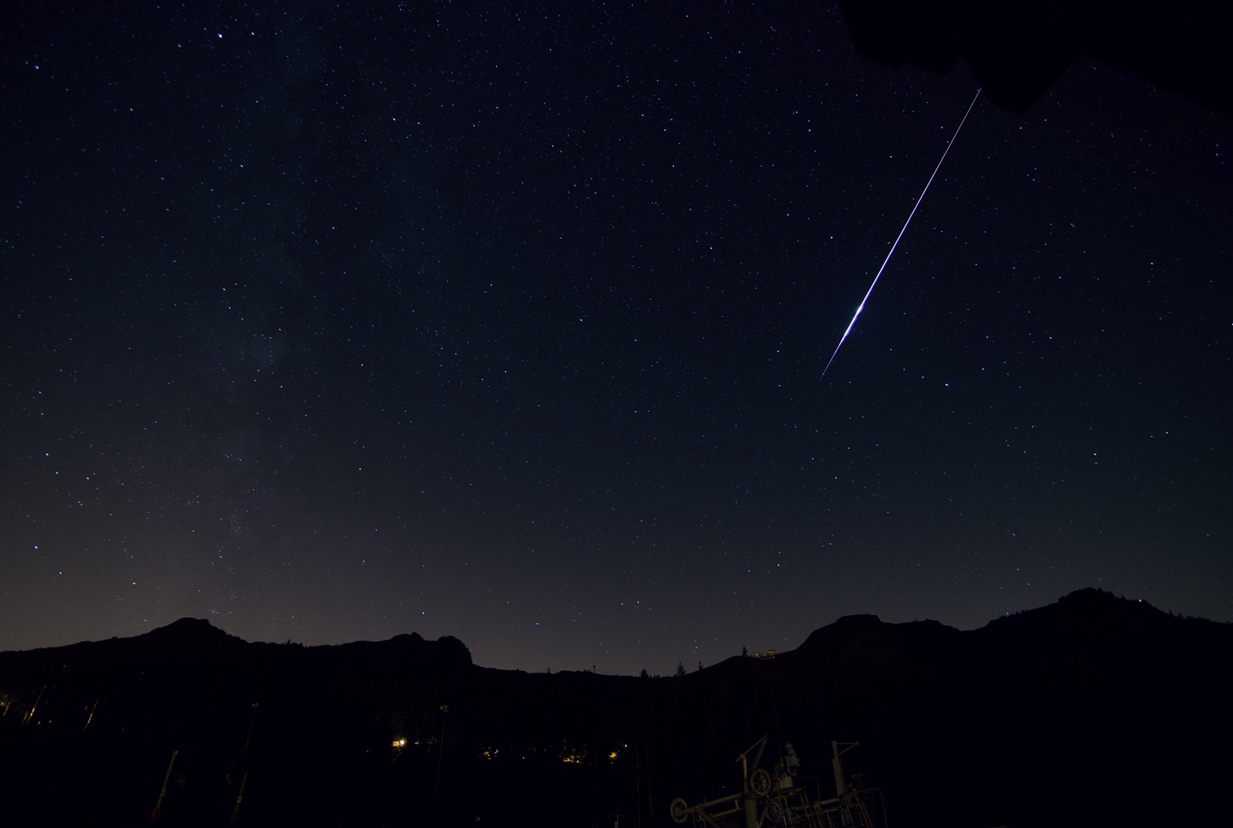
During this period, the moon reaches its first quarter phase on Tuesday October 12th. At that time the moon lies 90 degrees east of the sun and sets near 23:30 local daylight saving time (LDST). This weekend the waxing crescent moon will set during the evening hours and will not interfere with meteor observing, especially during the more active morning hours.

The AMS received more than 40 reports so far about a fireball event that occurred west of Denver, CO on October 2rd, 2021 around 4:34 AM CDT (10:34 Universal Time). The AMS #2021-6226 event was mainly seen from Colorado but we also received reports from Wyoming and New Mexico.
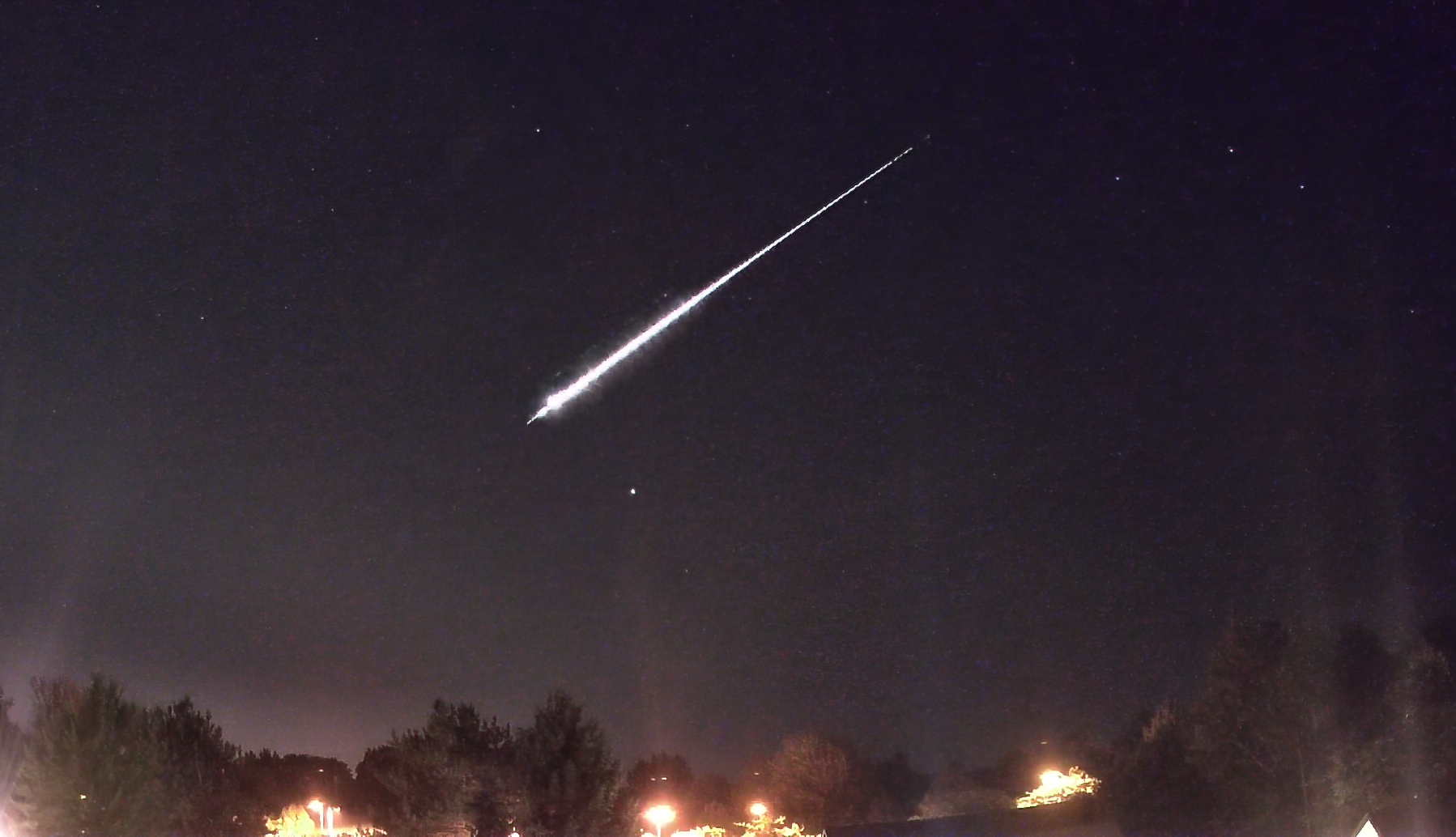
During this period, the moon reaches its new phase on Wednesday October 6th. At that time the moon lies near the sun and is invisible at night. This weekend the waning crescent moon will rise during the late morning hours and will not interfere with meteor observing.
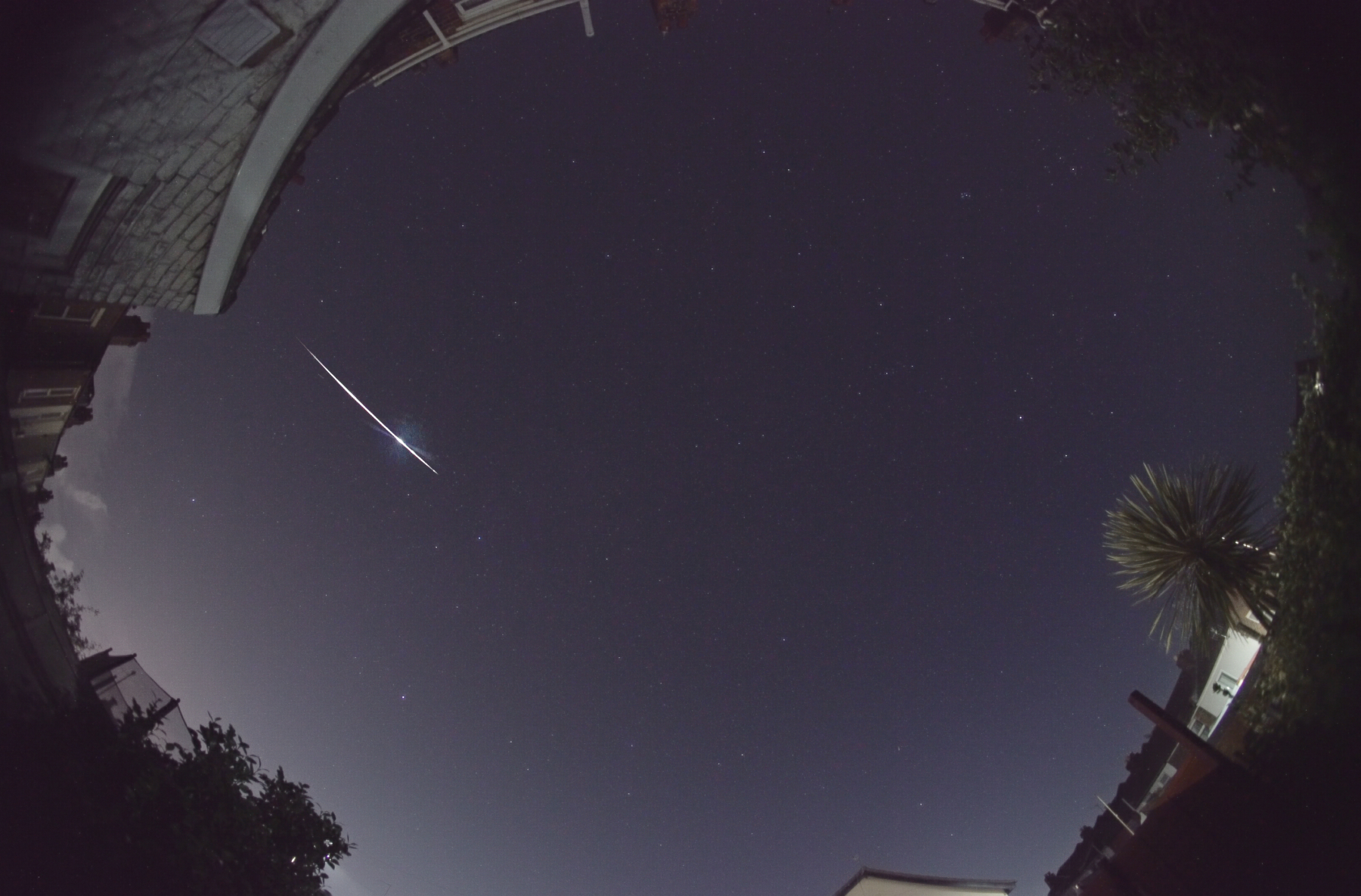
During this period, the moon reaches its last quarter phase on Tuesday September 28th. At that time the moon lies 90 degrees west of the sun and rises near 23:00 local daylight saving time (LDST). This weekend the waning gibbous moon will rise during the late evening hours and will interfere with meteor observing the remainder of the night.
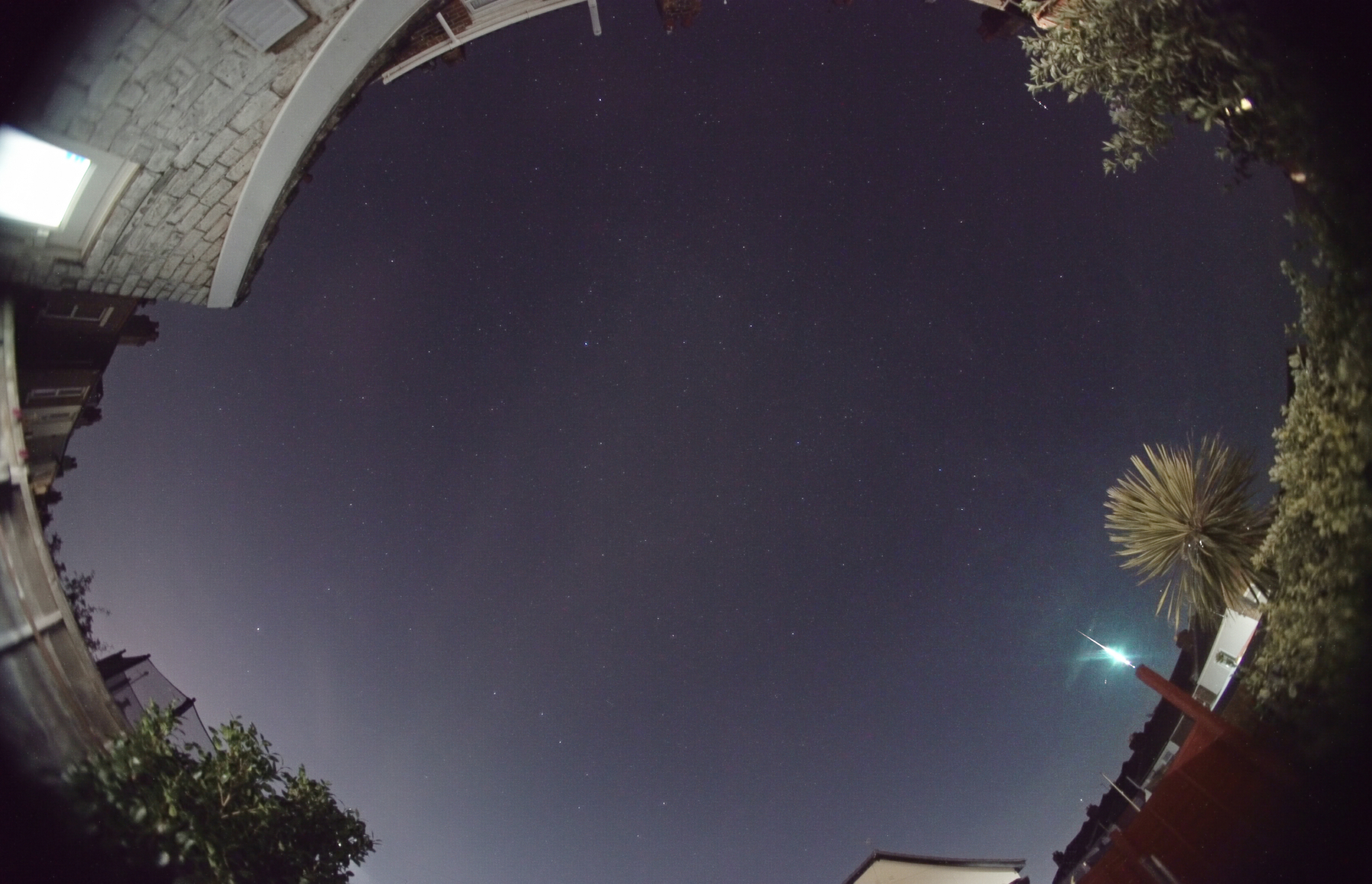
During this period, the moon reaches its full phase on Monday September 20th. At that time the moon lies opposite the sun and remains above the horizon all night long. This weekend the waxing gibbous moon will set during the late morning hours, allowing only a limited opportunity to view under dark skies between moon set and dawn.
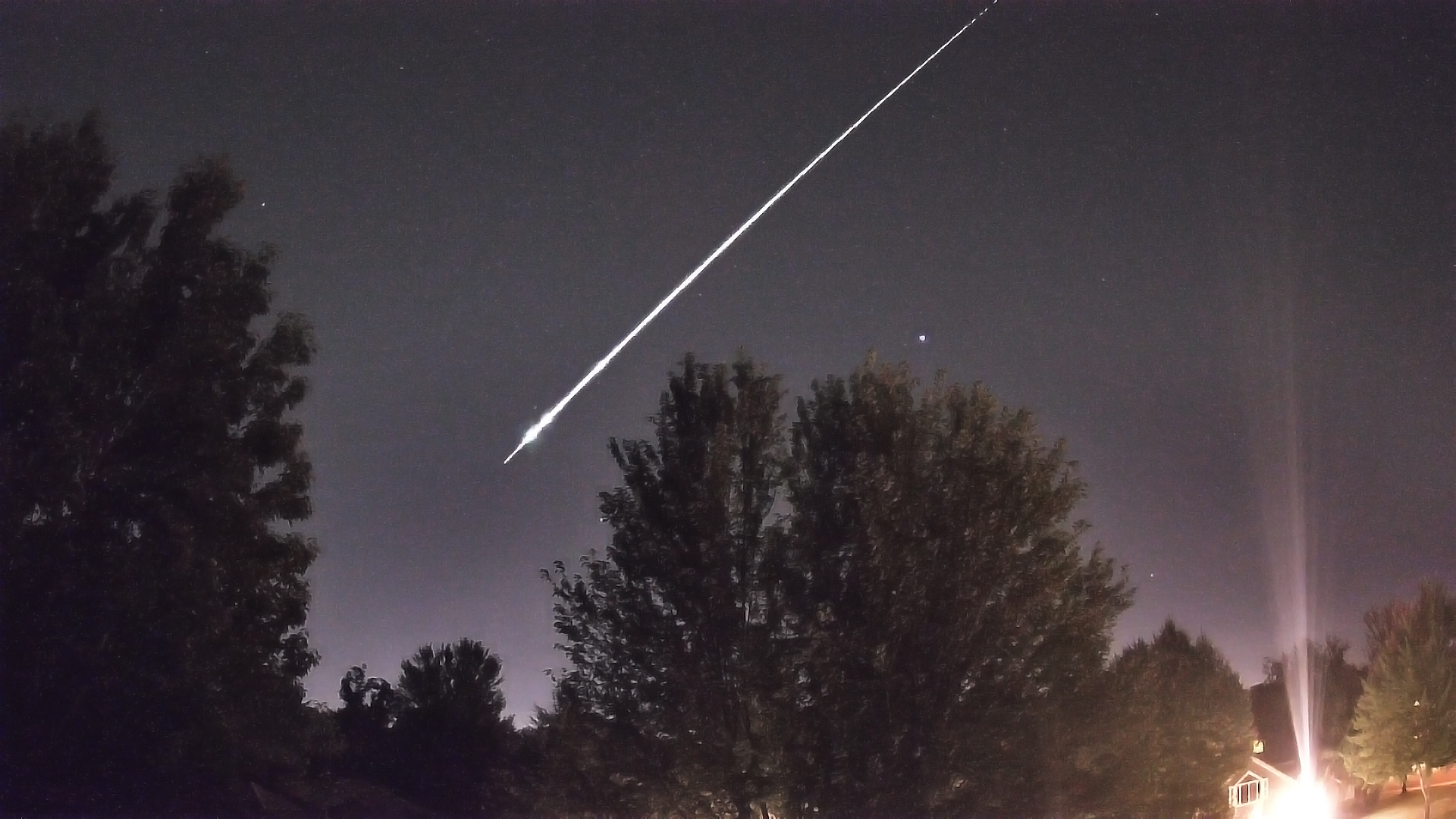
Jordan Ragsdale caught this multiple bursting fireball using an AllSky Camera System (https://www.allskycams.com/). This fireball occurred at 5:16 MDT (11:16…

During this period, the moon reaches its new phase on Monday September 6th. At that time the moon lies near the sun and is invisible at night. This weekend the waning crescent moon will rise shortly before dawn and will not interfere with meteor observing. Late in this period the waxing crescent moon will enter the evening sky but again it will set near the end of dusk and will not interfere with meteor observing.

During this period evening skies will be free of interfering moonlight, but morning observers must take care to avoid the moon within their field of view. The moon rises later with each passing night enlarging the window of opportunity to view meteor activity under darker skies.
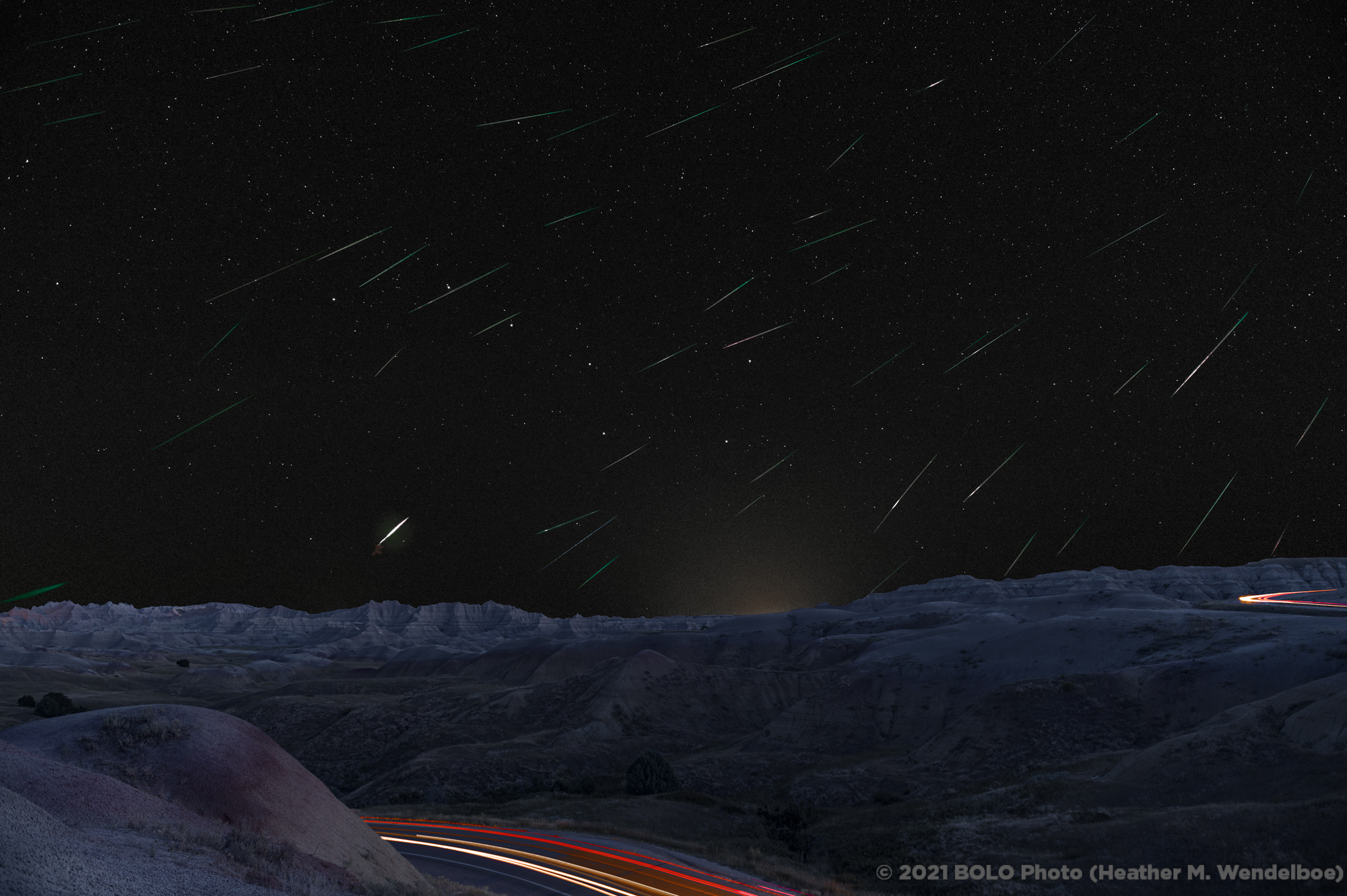
Heather Wendelboe created this composite picture from 57 exposures taken from 0016-0424 MDT (0516-0924UT) on August 14, 2021, using a…

On the morning of August 14, 2021, the Perseid meteor shower displayed an unexpected outburst of meteors between 06:00 and 09:00 Universal Time (1:00-4:00am CDT).
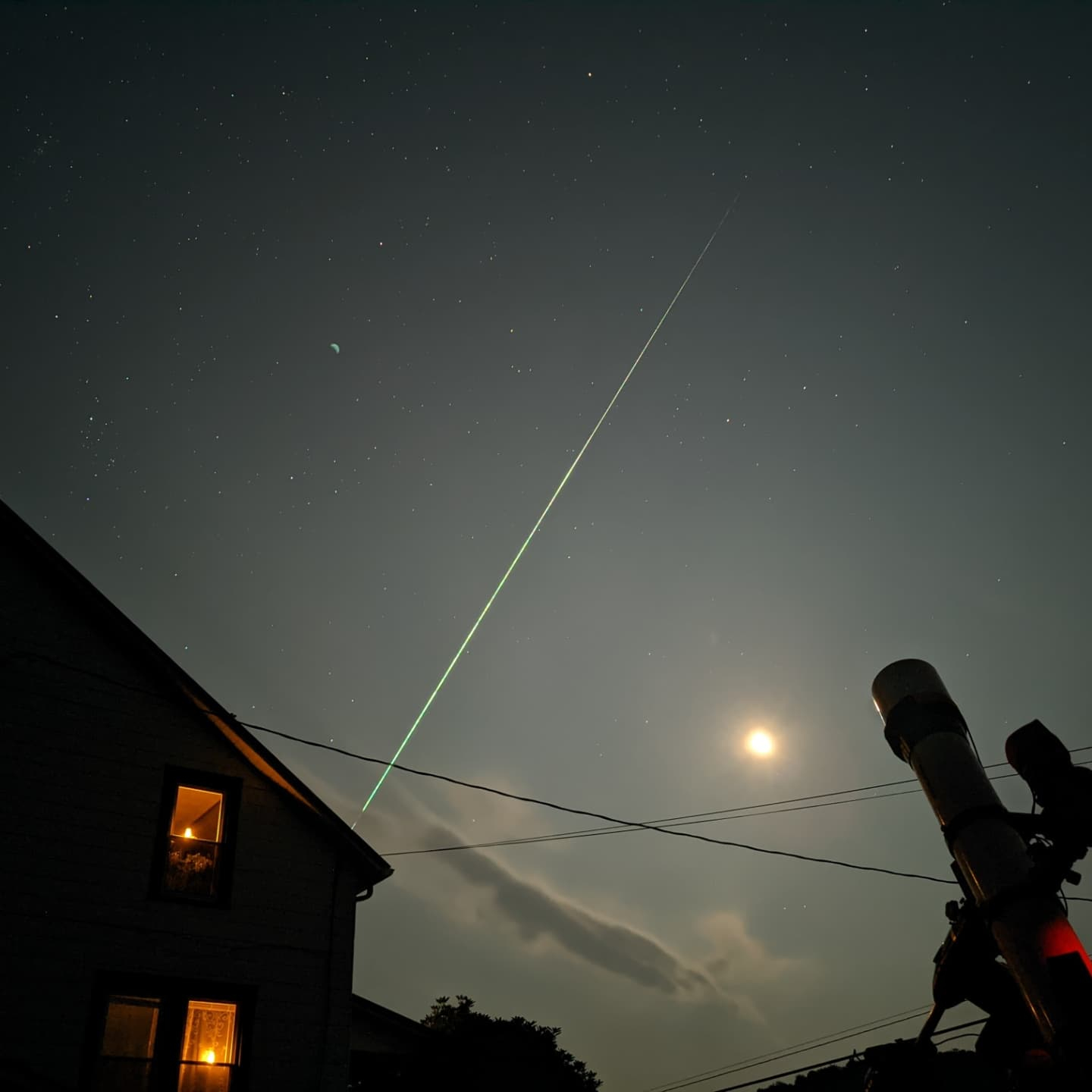
During this period, the moon reaches its first quarter phase on Sunday August 15th. At that time the moon lies 90 degrees east of the sun and sets near 23:00 local daylight saving time (on Aug. 14). As the week progresses the waxing gibbous moon sets later and later, diminishing the available time of dark sky with each passing night.
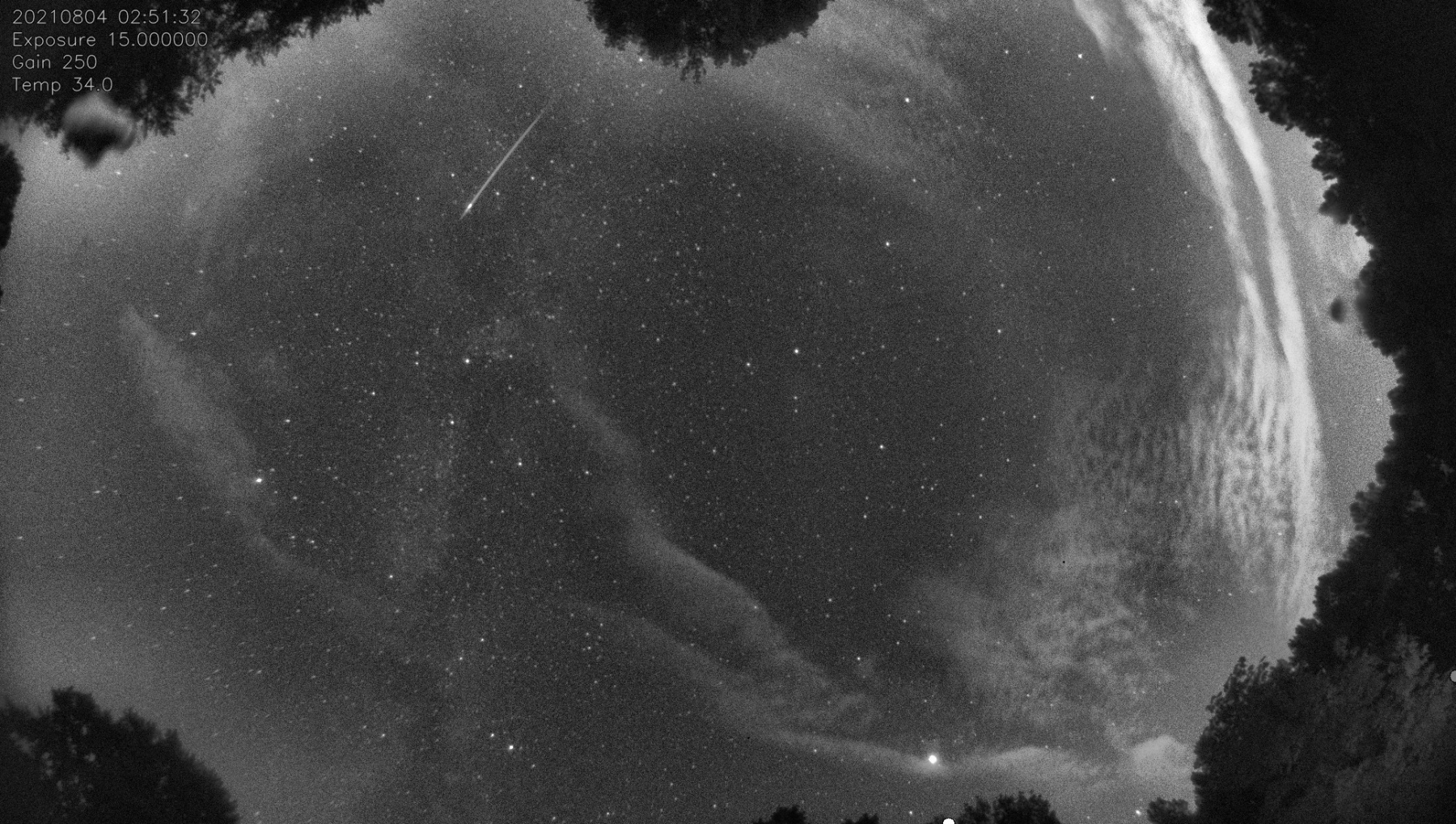
During this period, the moon reaches its new phase on Sunday August 8th. At that time the moon lies near the sun and is invisible at night. As the week progresses the waxing crescent moon enters the evening sky but will set before the more active morning hours arrive.

During this period, the moon reaches its last quarter phase on Saturday July 31st. At that time the moon lies 90 degrees west of the sun and rises near midnight local daylight saving time (on August 1st). As the week progresses the waning crescent moon rises later each morning, allowing a better view of the active morning sky as glare from the moon subsides.
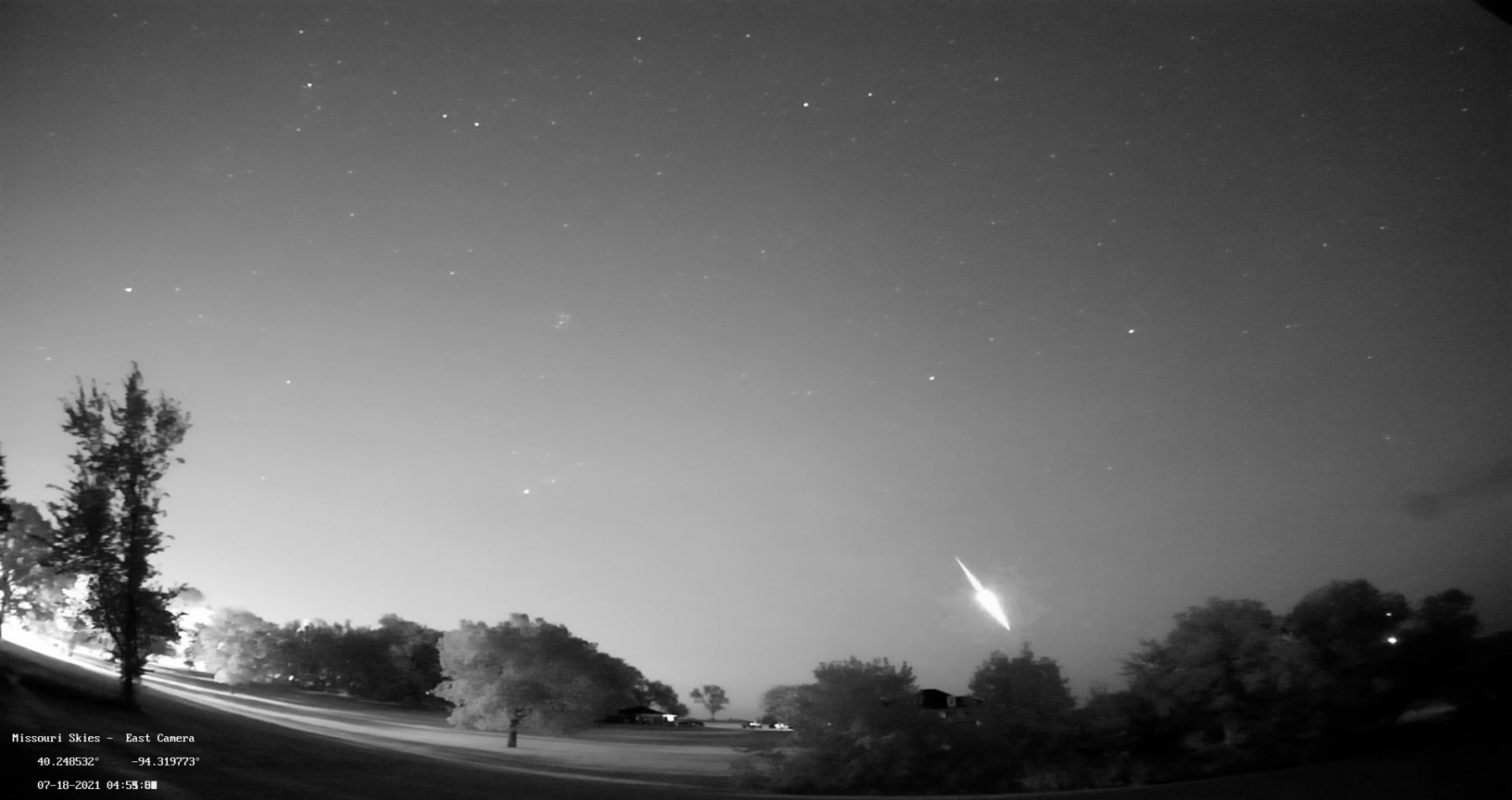
During this period, the moon phase wanes from 100 percent illuminated down to nearly one-half illuminated. This weekend the moon lies opposite the sun and is above the horizon all night long. As the week progresses the waning gibbous moon rises later each night, allowing early evening observing under dark skies later next week.